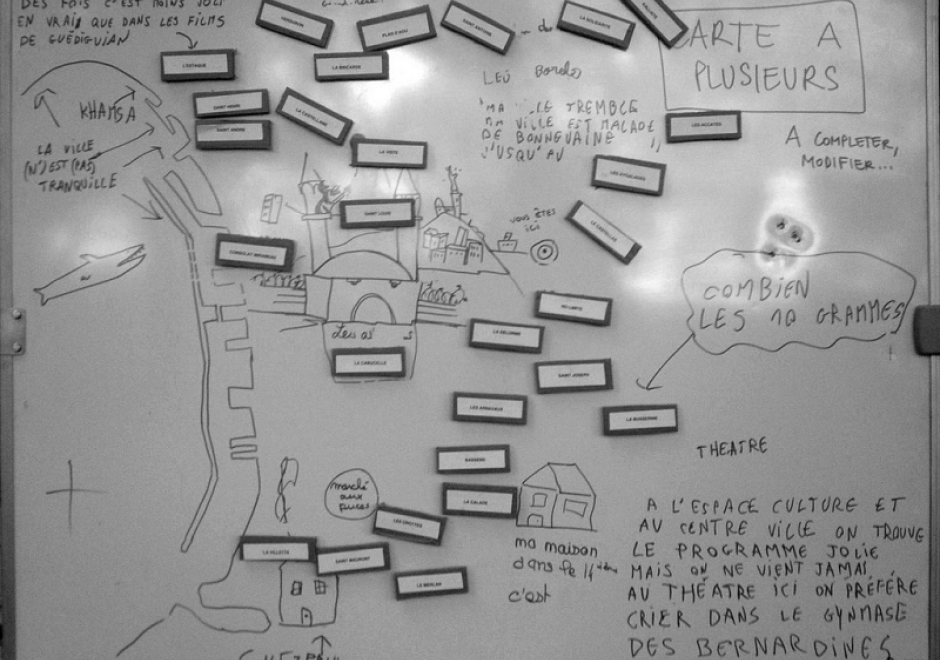DM-05 - Extensions of the relational model

- Explain why early attempts to store geographic data in standard relational tables failed
- Evaluate the adequacy of contemporary proprietary database schemes to manage geospatial data
- Describe standards efforts relating to relational extensions, such as SQL:1999 and SQL-MM
- Evaluate the degree to which an available object-relational database management system approximates a true object-oriented paradigm
- Describe extensions of the relational model designed to represent geospatial and other semistructured data, such as stored procedures, Binary Large Objects (BLOBs), nested tables, abstract data types, and spatial data types


AM-19 - Exploratory data analysis (EDA)